Our hours at high altitude visiting El Popo and La Izta made us quite hungry, and Arnold suggested we stop at Panes y Pasteles de Tenango in Amecameca. Between 1928 and 2012, the building was a grocery store, and in 2013 it was remodeled to become this restaurant.
First course: tortilla soup for me and tlalpeno soup (chicken and veggies) for Bob:
Dessert for both of us: Cajeta crepe (goat milk dulce):
We walked past a very ferocious lion. Usually lion statues are more majestic--and tame. I wouldn't want to meet up with this dude in real life.
El Templo de la Virgen de las Asuncion, across the street from the restaurant, is a church that was severely damaged by the 7.1 earthquake that hit this area in September 2017. We could see that a lot of repair work was underway.
I hope no one was standing under this bell tower when half of it crumbled.
Large cracks and missing pieces of facade testify to the power of the terremoto.
The church was closed for the repairs, but there was still a mass going on in a tent next to the church.
We were allowed to see the inner courtyard with its graceful arches trimmed in blue and white tiles, but we were not allowed inside the chapel.
A school of theology is attached to one side of the church. It looked newly renovated.
Our next stop was the city of Tlalmanalco, population about 46,000. The name is from the local Nahuatl language and means "flat area." This region was inhabited as early as 3,100 BC, and the Spanish settled here in 1525.
We were there to see the beautiful Templo de San Luis Obispo, a monastery built by the Franciscans in the 16th century.
Again, we could not enter the chapel because of earthquake damage, but we spent some time walking around the perimeter.
Additions and repairs have been made throughout the last 500 years, resulting in somewhat of a hodgepodge of colors, textures, and styles. It isn't very attractive.
Bob took some great photos of the walls that show the porous volcanic rock used to construct exterior walls, and then filled in with pebbles and mortar.
The perfect "O" of a drain interrupts the confusion of shapes.
I guess if you hang your advertising by the bell tower, people might look at it when the bells ring.
Like the previous church in Amecameca, this church also had a temporary structure so that mass could continue.
In the distance we could see our friend El Popo still shooting off steam in angry bursts. That guy has a bad temper.
One of the things that makes this monastery famous is its capella abierta, or open chapel. It was a side chapel built without a roof for the local Indians who would not go inside an enclosed church because in their religious tradition, only the priests went inside the temple. This kind of architecture also allowed for very large gatherings for Sunday mass, but even more for festivals and holidays.
The open chapel is also known as the capilla real or royal chapel because of the richness of the images carved n stone. These were made by indigenous artisans in the era just after the conquest of Mexico and exhibit much of the pre-Hispanic style, but with a Christian theme. The conquerors did an excellent job at assimilating the beliefs and traditions of the locals, one of the reasons they were so successful in converting them.
At almost 500 years old, this is definitely one of Mexico's colonial gems--although there are those who would see it as a symbol of oppression.
That was our last stop of the day, and we headed back to Mexico City and our hotel. As soon as we entered the outskirts of Mexico City, traffic was bumper-to-bumper and door handle-to-door handle. There are no lanes when traffic gets that heavy, but there are surprisingly few honking horns. Arnold told us they all just accept the traffic and do the best they can.
We Californians could learn something from that.

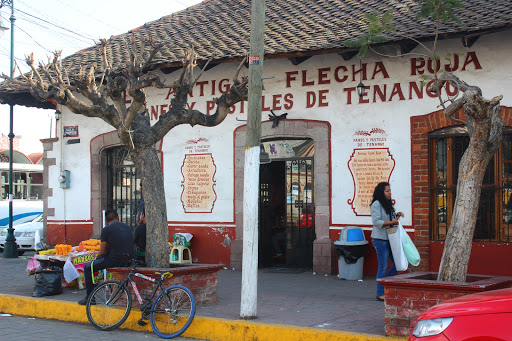











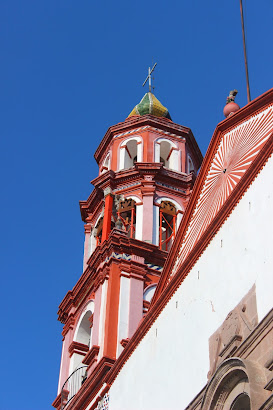


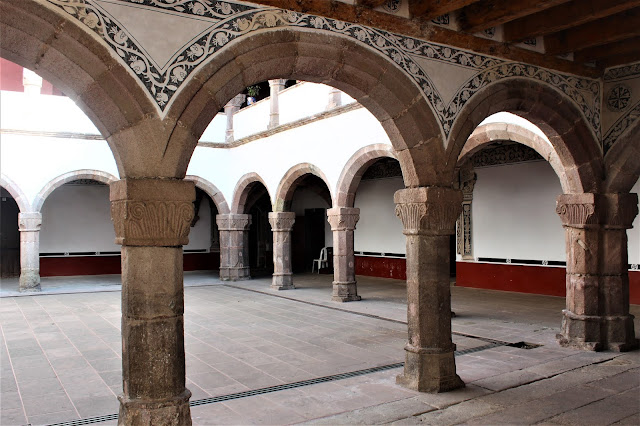

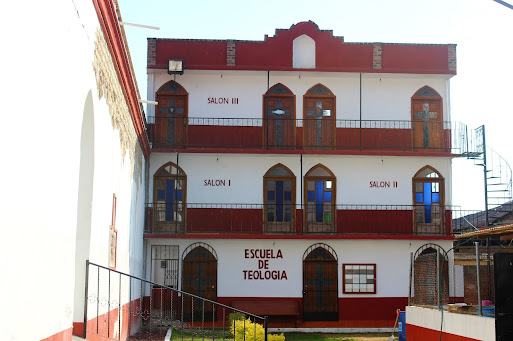




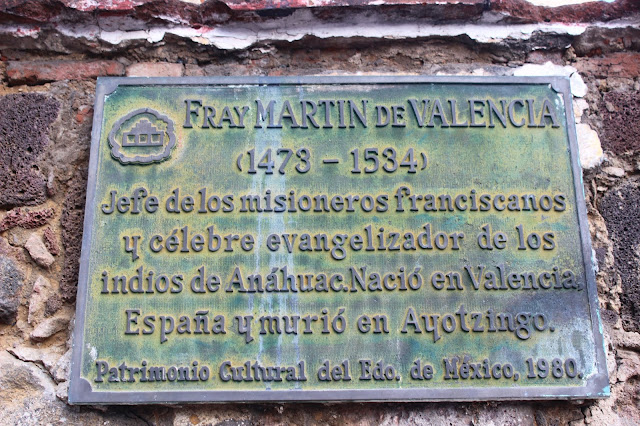




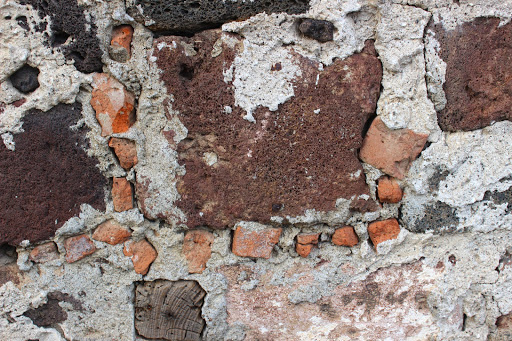








It is always interesting to me how the Americas integrated and at the same time they still kept many of the old traditions.
ReplyDeleteI really liked the church at this last stop. It felt old and full of history. The issue of Mexico and the original inhabitants, and its history with the Spanish, is really interesting when compared to Blacks in the U.S. now and what buildings and statues should exist.
ReplyDelete